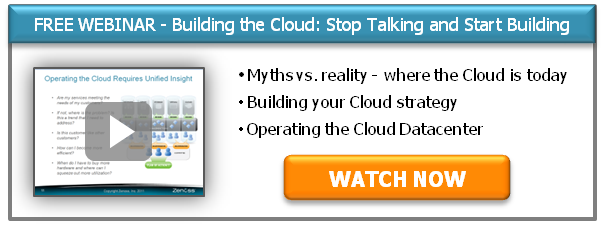Dover-Ohio-based Arkovi offers cloud-based social media archiving solutions. Arkovi’s services let organizations of all sizes monitor Facebook, Twitter, LinkedIn and RSS feeds to track and document employee activity on these sites, as well monitor mentions and comments about company brands and competitor actions. Its code, which integrates at the service level to social network APIs, lets users access this information from most web browsers and mobile devices.
Blane Warrene, CEO of Arkovi, explains that the company built its own cloud-based software infrastructure and uses an outside data center with a hardened Linux OS. Arkovi’s code accommodates virtualized server environments and scales easily as customer data grows in both the number and size of files stored. “The code offers a virtual dedicated environment where the software could grow at the server tier for items like disk storage, RAM and bandwidth use, handles queueing and monitoring of incoming data and uses logic for data deduplication, indexing and normalization for its UI presentation,” Warrene says.
Warrene says his experience working as a CIO for a financial services firm inspired Arkovi’s creation and believes his background building enterprise systems aided in creating Arkovi’s unique infrastructure. “We used our past successes and failures as a litmus test in developing our code, and so we knew how to evaluate [the ways] to design and deploy a solution,” he says.
According to Warrene, most organizations developing cloud applications should partner with a cloud provider to help with at least some portion (if not all) of the infrastructure planning. A cloud infrastructure provider can handle most commodity processes in day-to-day management, so that you can focus on your app instead.
Such processes include:
1. Automatic provisioning of disk space. “The cloud provider can expand from, say, 20 GB to 100 GB without you having to worry about it,” Warrene says.
2. Controlling the amount of processor power you need to move data back and forth between your platform and other platforms. “Loads can vary, and there’s an obvious difference between a 10-user load and a 15,000-user load. Your provider can set up parameters for bandwidth and server processing in your agreement and watch and adjust it accordingly for you, rather than you having to figure it out for yourself,” Warrene says.
3. Proper back up and restore data for your infrastructure with an audit log, whether that be for SQL databases or traditional files, folders and objects because of the infrastructure overhead needed for server resources, disk storage and bandwidth.
In addition, partnering with a cloud infrastructure provider will give you the flexibility you may need should potential customers leverage your app in new ways. “Our original business model was for companies to use Arkovi to archive [social media activity] for themselves, but then our customers started using it to monitor competitors using keywords,” Warrene says. “But because our code is API-based, we didn’t have to change our business model.”








